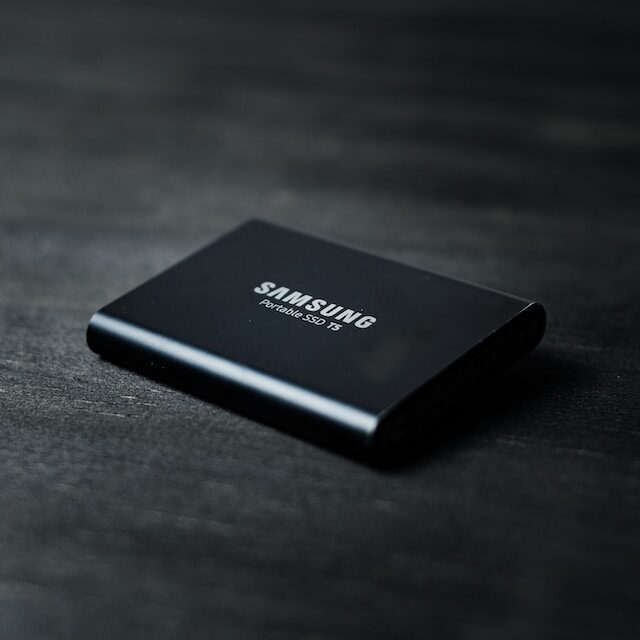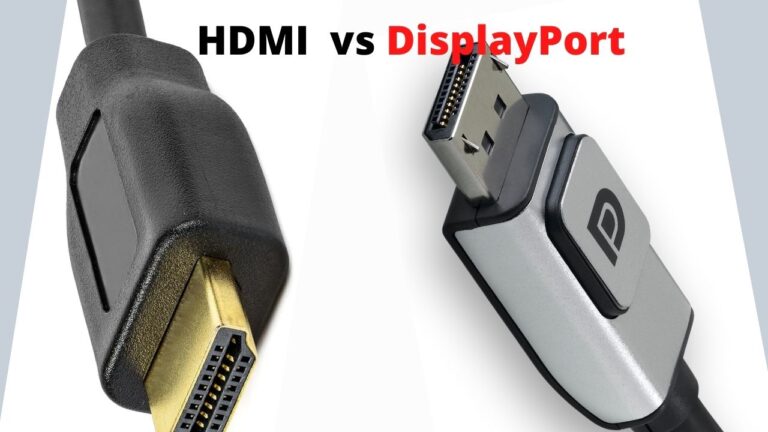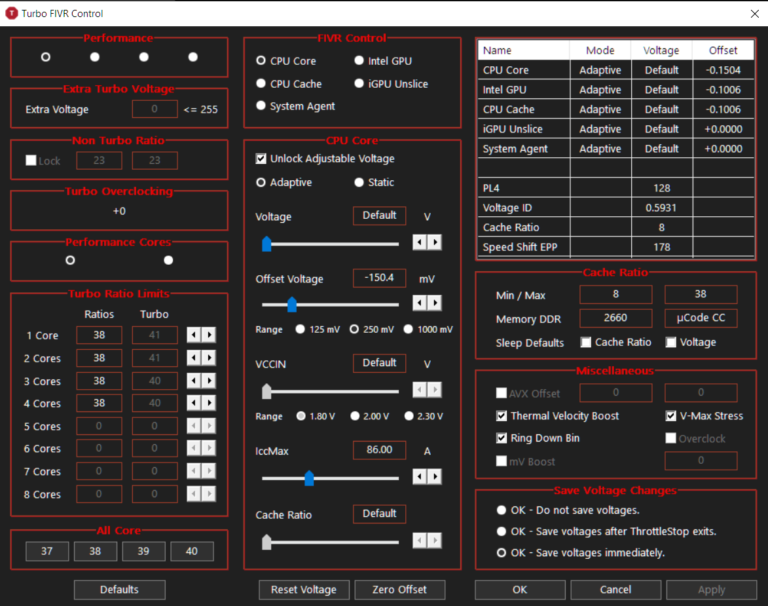Why You Should Avoid Defragging SSDs
Did you know that defragging SSDs is bad? With the increasing popularity of Solid State Drives (SSDs) in the market, the traditional practice of defragmentation has become a topic of debate. Defragmenting a hard disk drive (HDD) has long been considered beneficial to improve performance. However, when it comes to SSDs, the story is quite different.

Understanding the Difference: SSDs vs. HDDs
To comprehend the reasons behind avoiding defragmentation on SSDs, it’s essential to grasp the fundamental differences between SSDs and HDDs.
- Data Storage Mechanism: HDDs store data on spinning magnetic platters, where the data is accessed using a mechanical arm. In contrast, SSDs use flash memory to store data, allowing faster data access with no moving parts.
- Fragmentation Impact: Fragmentation occurs when files are stored in non-contiguous clusters on a drive, leading to slower access times. In HDDs, fragmentation is a common issue due to the physical movement of the mechanical arm. On the other hand, SSDs do not suffer from fragmentation-related performance issues due to their fast random access nature.

Why You Should Avoid Defragging SSDs
Defragging SSD is not recommended for several reasons. Understanding these reasons will help you make informed decisions about SSD maintenance and optimize the performance and lifespan of your drive.
- Unnecessary Wear and Tear: Defragmentation involves rearranging data on a drive to consolidate fragmented files, reducing seek times on HDDs. However, SSDs operate differently. Defragging an SSD can lead to excessive wear and tear on the NAND flash memory cells. Each cell has a limited lifespan, and frequent defragmentation can accelerate the wear, shortening the drive’s overall lifespan.
- Minimal Performance Gains: Unlike HDDs, which benefit significantly from defragmentation, SSDs do not experience the same performance improvements. Thanks to their high random read speeds, SSDs have near-instantaneous access times, regardless of file fragmentation. The minimal performance gains achieved by defragmenting an SSD do not outweigh the potential risks involved.
- Built-in Wear-Leveling Mechanisms: Modern SSDs incorporate wear-leveling algorithms that distribute data evenly across the drive, reducing the likelihood of individual cells wearing out faster. These algorithms automatically perform background maintenance, ensuring efficient utilization of the industry and prolonging its lifespan. Defragging interferes with these algorithms, potentially disrupting the balanced wear leveling and reducing the drive’s efficiency.
- Time and Resource Consumption: Defragmenting an HDD can be time-consuming, often requiring several hours or even days. Conversely, SSDs have no mechanical components to reposition, making the defragmentation process superfluous. Spending time defragging an SSD is an unnecessary waste of resources, as it offers limited benefits and can impact the drive’s overall performance.
Alternative Practices for SSD Maintenance:
While defragmentation is not recommended for SSDs, there are alternative practices that can help optimize their performance and lifespan:
- Enable TRIM: Ensure that TRIM is enabled on your SSD. TRIM is a command that helps maintain the drive’s performance by informing the SSD controller which data blocks are no longer in use, allowing for efficient garbage collection and data management.
- Regular Firmware Updates: Keep your SSD’s firmware up to date. Firmware updates often include performance optimizations and bug fixes that enhance the drive’s functionality and address potential issues.
- Monitor Drive Health: Use SSD monitoring tools provided by the manufacturer to monitor your drive’s health and performance. These tools can alert you to any upcoming issues and provide insights into the overall health of your SSD.
Final Word
Defragmenting an SSD is unnecessary and potentially harmful to the drive’s lifespan. Unlike HDDs, SSDs do not benefit from defragmentation due to their fast random access times and built-in wear-leveling mechanisms. Instead, focus on enabling TRIM, keeping firmware up to date, and monitoring the drive’s health for optimal SSD performance and longevity. By understanding the unique characteristics of SSDs and employing suitable maintenance practices, you can maximize the benefits of this modern storage technology.








